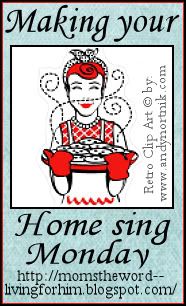My boys have been counting down to Easter and looking forward to those Easter egg hunts since the beginning of March. I thought what a better way to emphasize the meaning of Easter by reminding us all of the cross. This is an easy craft that little ones can do. And while working together, we had some wonderful discussions about what Jesus did and his sacrificial death on the cross for us just because He loved us.
Isaiah 53:4-5 came to mind as we enjoyed our Easter craft.
Surely he took up our pain and bore our suffering, yet we considered him punished by God, stricken by him, and afflicted. But he was pierced for our transgressions, he was crushed for our iniquities; the punishment that brought us peace was on him, and by his wounds we are healed.
Materials:
Tissue paper
Wax paper
Craft stick
Scissors
Cut-out crosses
White Glue
Instructions:
1. Cut out squares of colored tissue paper or have your kiddos tear them.
2. Precut some crosses. I used scissors to cut out the inside of the crosses.
3. Roll out a piece of wax paper that is double the width of your cross.
4. Fold the wax paper in half and spread glue onto half of the wax paper using a craft stick.
5. Add tissue paper squares to the glued wax paper until all the glue is covered.
6. Now spread glue all over the other side of the wax paper and fold over on top of the tissue.
7.Smooth out the paper and let it dry. I put some heavy books on top to help it dry nice and flat.
8. Glue the cross to the wax paper, let dry. Then cut out the cross.
9. Now you have a beautiful stained glass cross!
Enjoy!

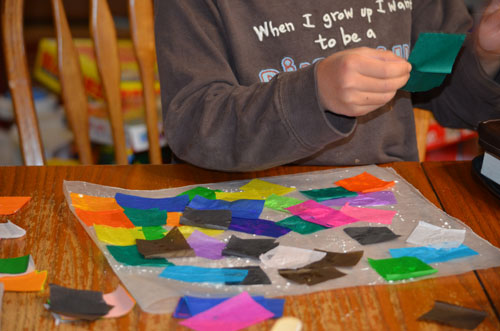
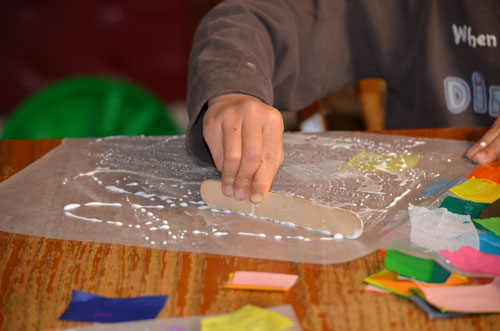
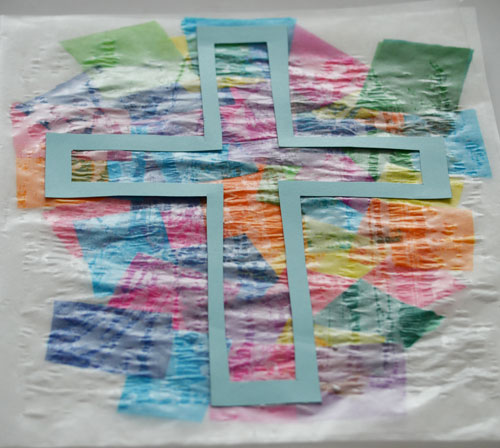
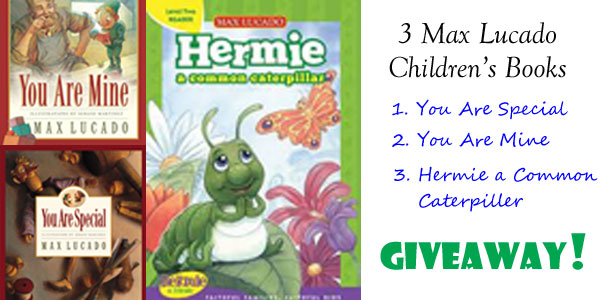

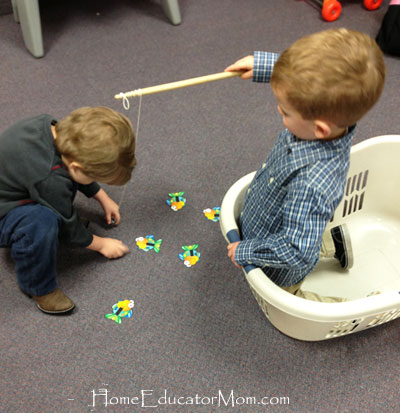
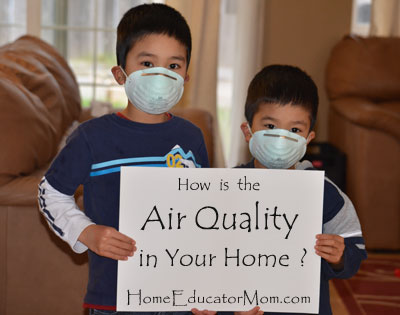
 Hi, I'm Betty and welcome to Home Educator Mom. Whether you are a homeschooling family or not, we’re all called to be our kids’ first teachers. Our desire here is to encourage moms as we walk this path of training and equipping our children. We hope you will stay a while and join us on this journey: learning and sharing life together. Meet our
Hi, I'm Betty and welcome to Home Educator Mom. Whether you are a homeschooling family or not, we’re all called to be our kids’ first teachers. Our desire here is to encourage moms as we walk this path of training and equipping our children. We hope you will stay a while and join us on this journey: learning and sharing life together. Meet our 








